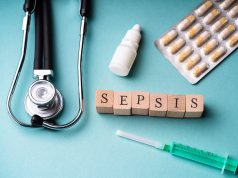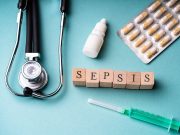Risk reduced for 10 of 13 obesity-associated cancers with GLP-1 RA use versus insulin in individuals with type 2 diabetes
By Elana Gotkine HealthDay Reporter
THURSDAY, July 11, 2024 (HealthDay News) — For patients with type 2 diabetes (T2D), glucagon-like peptide 1 receptor agonists (GLP-1 RAs) are associated with a reduced risk for 10 of 13 obesity-associated cancers (OACs) compared with insulin, according to a study published online July 5 in JAMA Network Open.
Lindsey Wang, from Case Western Reserve University School of Medicine in Cleveland, and colleagues compared the incident risk for each of 13 OACs in patients with T2D prescribed GLP-1 RAs versus insulins or metformin in a retrospective cohort study. The study population included 1,651,452 patients with T2D with no prior diagnosis of OACs.
The researchers found that in 10 of 13 OACs, GLP-1 RAs compared with insulin were associated with a significant risk reduction including in gallbladder cancer, meningioma, pancreatic cancer, hepatocellular carcinoma, ovarian cancer, colorectal cancer, multiple myeloma, esophageal cancer, endometrial cancer, and kidney cancer (hazard ratios, 0.35, 0.37, 0.41, 0.47, 0.52, 0.54, 0.59, 0.60, 0.74, and 0.76, respectively). The hazard ratio for stomach cancer was <1 but was not statistically significant for those taking GLP-1 RAs versus insulin. The risks for postmenopausal breast cancer or thyroid cancer were not reduced in association with GLP-1 RA use. Compared with metformin, GLP-1 RAs were not associated with a significantly reduced risk for any cancers, but an increased risk for kidney cancer was seen (hazard ratio, 1.54).
“The potential cancer-preventative effects of OACs by GLP-1 RAs warrant further long-term studies as well as studies of individual newer and possibly more effective antidiabetic and weight loss agents as well as those with multihormone agonist activities,” the authors write.
Copyright © 2024 HealthDay. All rights reserved.



















